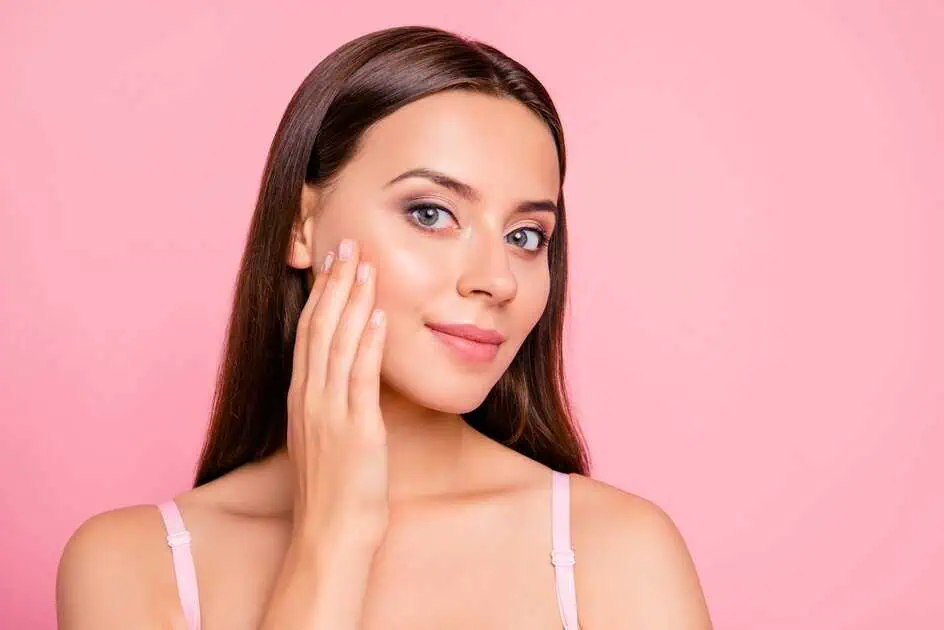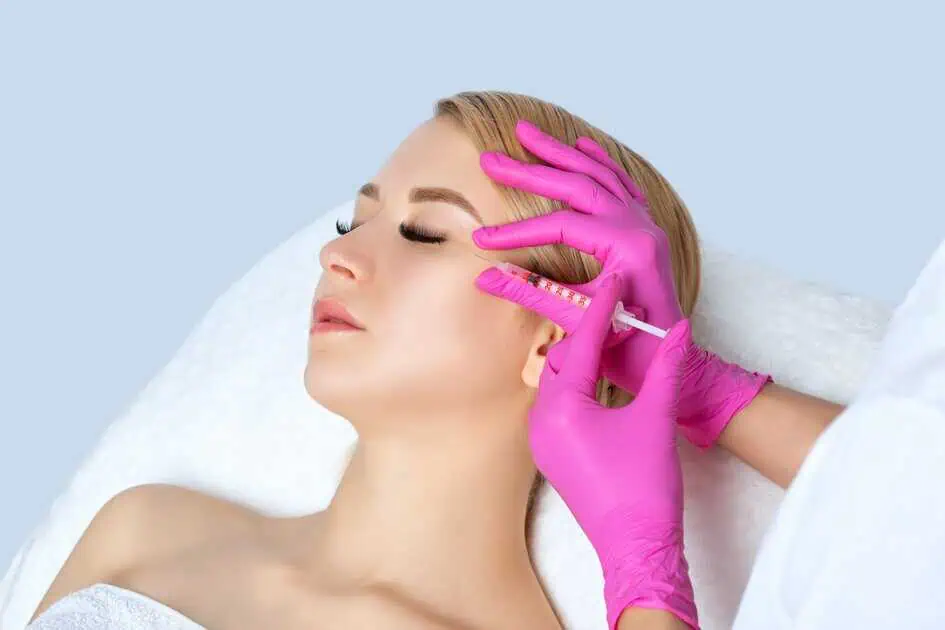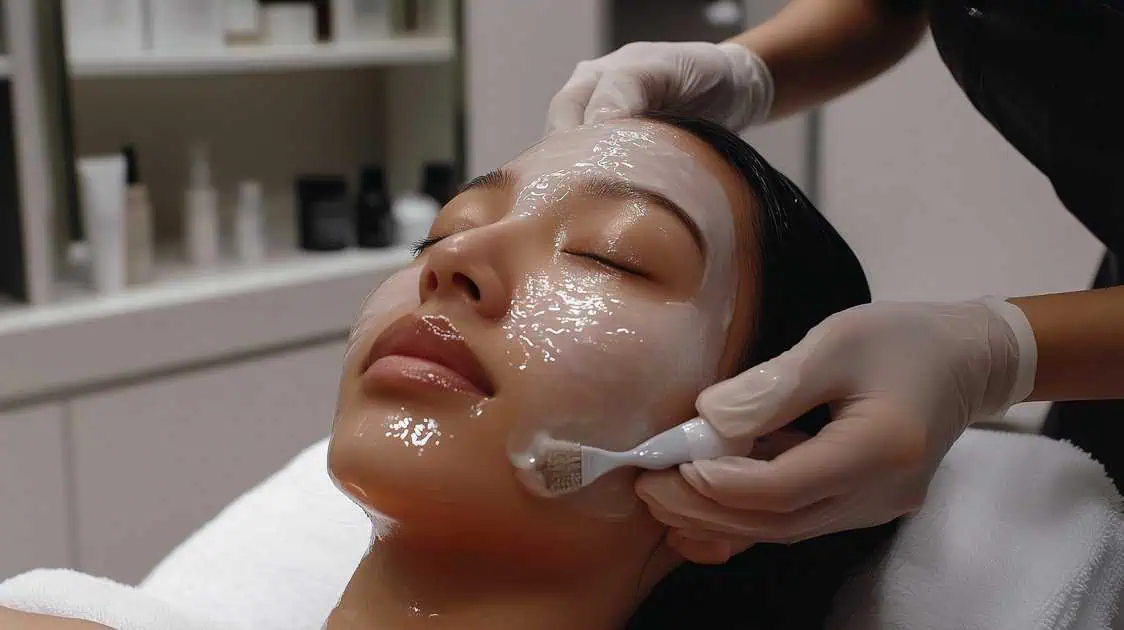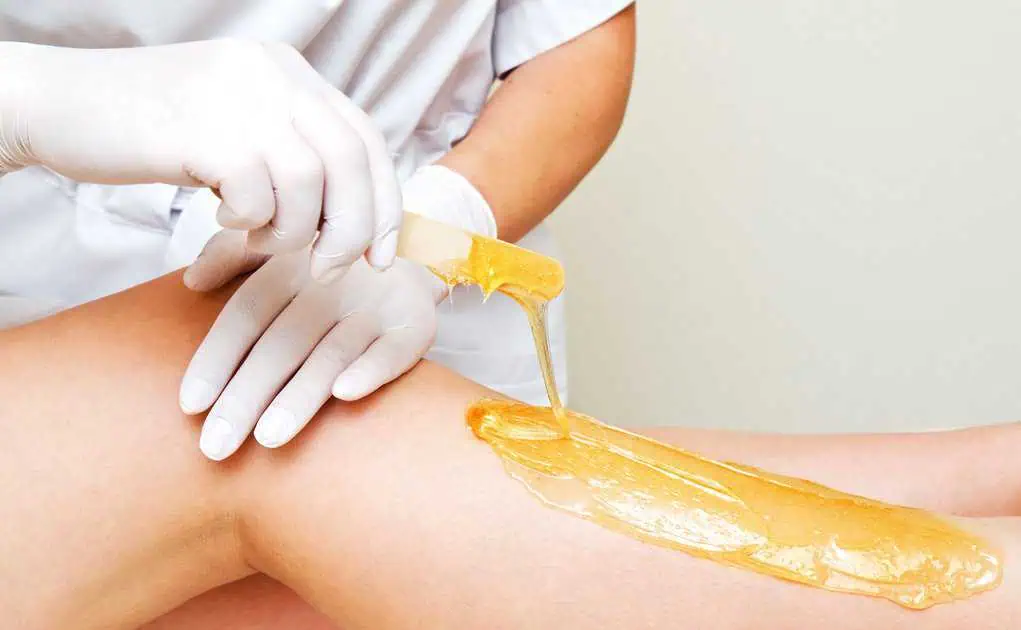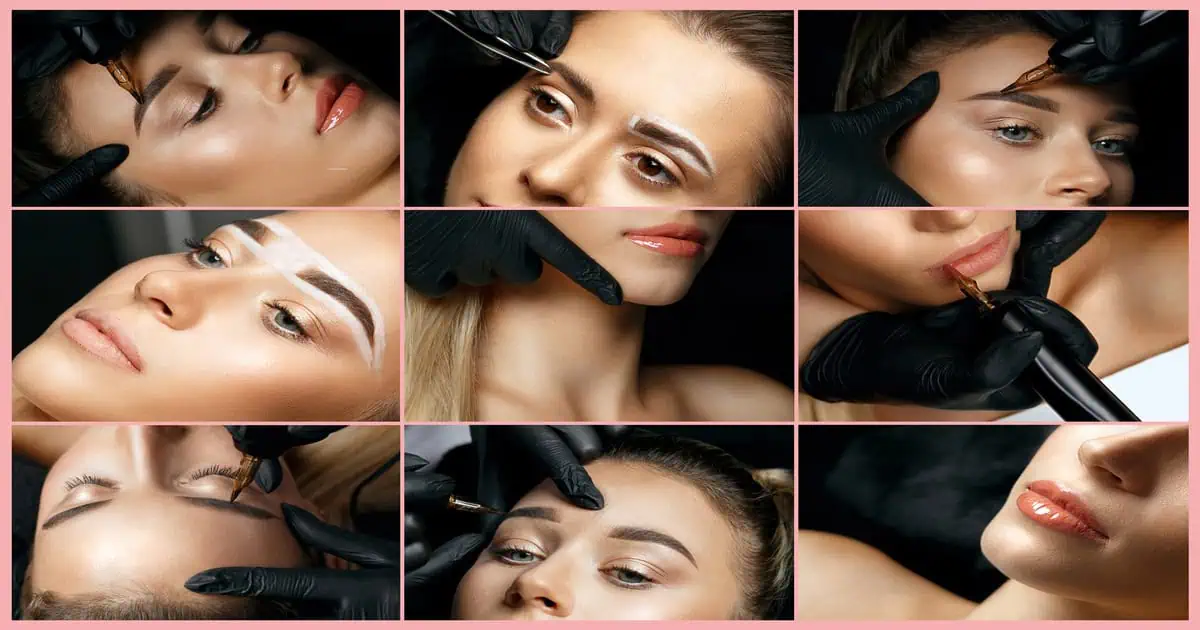Dermal fillers have become a trend when it comes to enhancing your looks. As we age, our skin and tissues thin out, resulting in fine lines and wrinkles around our noses, eyes, mouth, and cheeks. This is why people tend to seek ways to enhance their facial features through plastic surgery or non-invasive facial and lip treatments like dermal fillers.
Dermal fillers are intended to replace the lost volume in our faces, making them popular treatments. They also help reduce facial wrinkles and add volume to your lips. As a result, you can achieve facial rejuvenation and a youthful appearance.
Types of Dermal Fillers
1. Hyaluronic Acid
It is a substance naturally found in our bodies, especially the skin. They are soft with a gel-like consistency that is gradually broken down by natural bodily processes; hence, their effects are said to last an average time of six to eighteen months. FDA-approved HA fillers include both Restylane and Juvederm injections.
2. Poly-L-Lactic Acid (PLLA)
This synthetic substance is safe to use in the body and is also present in stitches used in surgery. It helps rebuild natural collagen, mainly used to smoothen fine lines and deeper facial wrinkles. The effects of PLLA on collagen can last for about two years.
3. Polymethylmethacrylate (PMMA)
This synthetic product is said to be compatible with body use. It works by forming a tiny ball placed beneath the skin giving it support. It also stimulates collagen that helps makes the skin firm and structured. PMMA lacks the margin of safety found with other fillers and despite its longevity has fallen out of favor.
4. Calcium Hydroxylapatite
As HA, it is a naturally occurring substance and is found mainly on the bones. Calcium particles are mixed with a smooth gel, having a thicker consistency compared to hyaluronic acid fillers. They are used to treat deep facial lines and wrinkles since it is also noted to help in collagen production. Its effects can last longer than twelve months, according to patients.
5. Fat Injections
These are autologous, meaning it was taken from another area in the same person’s body using a liposuction technique. This being said, it requires surgery and a longer recovery time. It is used for volume restoration in the cheeks, lower eyelids, temples, and other areas.

Beautiful woman receiving beauty injections with closed eyes. Beautician doctor hands doing beauty procedure to female face with syringe. Cosmetic medicine and surgery concept.
Why Are Hyaluronic Acid Fillers Preferred?
When comparing dermal fillers, those based on hyaluronic acid are considered the best for most indications. The most popular ones on the market are Restylane and Juvederm.
Restylane and Juvederm are dermal fillers using the same active ingredient, hyaluronic acid. Hyaluronic acid is a naturally-occurring carbohydrate found in the skin, cartilage, and some bodily fluids.
Hyaluronic acid dermal fillers can attract water and retain moisture. Because of this, hyaluronic acid fillers are safe and effective for soft tissue and lip augmentation by increasing volume and plump to the skin and lips while maintaining hydration.
Similarities Between Restylane Vs. Juvederm
Aside from their content, here are the other similarities between these dermal fillers:
Safety
Both Juvéderm and Restylane are safe and effective. Due to their nature, these two fillers have a low risk of causing allergic reactions. Both products contain lidocaine, an anesthetic that causes numbness, reducing pain and discomfort during the procedure.
These dermal filler treatments have minor side effects like bruising, swelling, and redness on the injection site after the procedure, but minimal recovery time is needed. Serious adverse effects, like severe swelling, are infrequent for both dermal fillers.
Procedure
Both procedures are non-surgical, can be done on an outpatient basis, and will take about 30 to 45 minutes. The treatment usually begins with a consultation wherein the surgeon must review your medical history and create a unique treatment plan. It’s essential to disclose all your medical issues, such as bleeding disorders, to prepare the cosmetic surgeon and prevent possible complications.
During the filler procedure, the treatment area will be cleaned, and you will be given an anesthetic to numb the area. As mentioned, both Juvederm and Restylane contain lidocaine, creating an additional numbing effect. Once numbing is achieved, the surgeon will inject the dermal filler into the facial or lip area, and the amount will depend on your desired effect.
Differences Between Juvederm Vs. Restylane
Texture
The main difference between Restylane and Juvederm lies in their texture.
Restylane has a granular gel and a more cohesive texture. Due to this, it stays in place in the injected area, making it ideal for volume enhancement on sunken areas in the face. Since it is more cohesive, it can be easily molded into the shape and contour you prefer. Restylane has a large portfolio of fillers with different characteristics for different indications, and is known for its ability to move naturally and maintain its shape, allowing dynamic expression.
Unlike Restylane, Juvederm products have a smoother texture, making them ideal for reducing dynamic wrinkles and fine lines on tight facial areas.
Treatment Area
Historically, because of their texture differences, Restylane and Juvederm hyaluronic acid fillers were sometimes used in different areas of the face or for different indications.
With the introduction of new products in the Restylane and Juvederm lines, there are now fillers in both product lines for any indication.
For instance, the different formulas of Juvederm hyaluronic acid filler injections, collectively known as the Juvederm family, have different treatment targets.
The Juvederm Ultra XC, the original formula, and Juvederm Voluma target the cheek to restore volume. On the other hand, Juvederm Volbella XC redefines vertical lip lines and perioral lines (marionette lines). Lastly, Juvederm Vollure mainly treats severe wrinkles and folds like that found on the nasolabial area.
The same treatment areas can be targeted using Restylane injections. Restylane Silk targets vertical lines on the lips, while Restylane Lyft adds volume to the mid-face, nasolabial folds, and cheeks. For moderate to severe lines and wrinkles, Restylane Refyne and Restylane Defyne are being used. Additionally, the newer Restylane Kysse is used as a lip filler that enhances the texture and shape of the lips, giving more natural-looking results. At the same time, it maintains your full range of expressions. Finally, Restylane Contour is used for mid-face contouring. Fillers in the Restylane line can be used under the eyes, where some competing fillers can cause a bluish discoloration called the Tyndall effect.
Results
Both Juvederm and Restylane are effective in achieving a boost in volume and reduction in fine lines and wrinkles, resulting in a firm and more appealing look.
Immediate results, typically in just a few minutes, can be seen with either Juvederm or Restylane products. All fillers can cause some swelling, so it is important to remember that the results you see right away may not reflect the final outcome.
Results may vary depending on your lifestyle, skin type, and metabolism rate. Also, maintenance sessions are required after this period for long-lasting results. But you have to note that the results from these procedures are not permanent since bodily processes eventually break down the substance used.
On average, Juvederm results are said to last between one to two years, while Restylane can last for six to eighteen months with proper care. MRI scans have shown, however, that Restylane fillers may last many years longer than that. Keep in mind, though, that volume is continually lost as we age, and touch-ups and maintenance increase the longevity of results.
Cost
Juvéderm and Restylane costs are comparable but significantly vary depending on the patient’s needs. Consideration will be given to the number of syringes or amount of filler used for your desired effect. But on average, it can cost between 500 and 2000 dollars.
Conclusion
Juvederm and Restylane fillers are both effective treatments for achieving a youthful appearance. But if you want more subtle results with natural movement and lasting effect, opt for Restylane. Juvederm may be a better choice for you if you use branded Botox, and have banked Allergan Alle rewards points to use toward Juvederm..
All dermal fillers should be administered by a certified and experienced specialist to ensure safety and proper techniques are observed. Your injector will also be able to discuss specific product features, costs, and expected outcomes in detail to help you make an informed decision. Ultimately, it is up to you and your cosmetic specialist to decide which filler works best for you.

